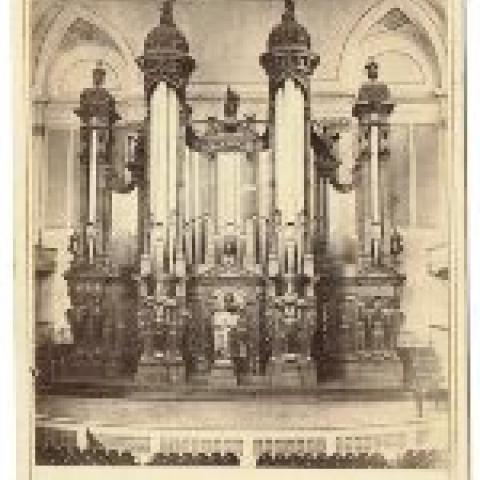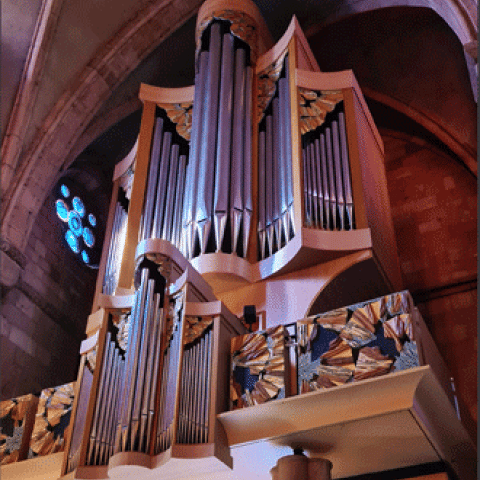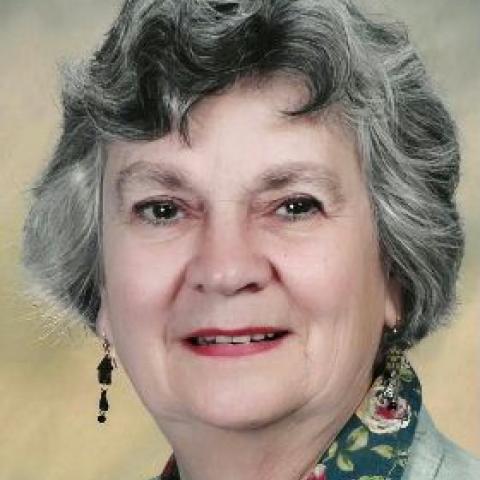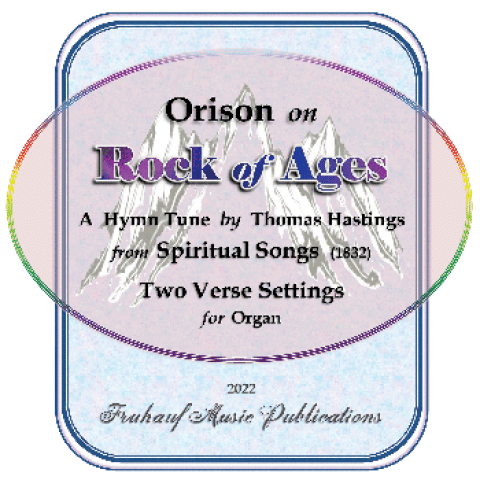
The Leupold Foundation announces a new book, Pioneers in American Organ Music 1860–1920, The New England Classicists (LE300003, $69), by Barbara Owen. The volume is a comprehensive discussion of the beginning of classical organ music in the United States with biographies of nine of the first and most prominent American composers for the organ: John Knowles Paine, Dudley Buck, W. Eugene Thayer, George E. Whiting, Samuel B. Whitney, W. Arthur Foote, George W. Chadwick, Horatio W. Parker, and Henry M. Dunham. In addition, there are annotated lists of their organ compositions, contemporary editions, a bibliography, a discography, and list of organs they played.
The Leupold Foundation is also honoring the fiftieth anniversary of the death of Marcel Dupré on its website through February. There one can find articles on Dupré by Rollin Smith and Sarah E. Thomas, a blog article by Jesse Eschbach, twelve Dupré organ publications by Leupold Editions—including seven volumes of improvisations transcribed by David Stech, some with recordings of the original performances—and recordings of several short, easy improvisations that have been printed in previous issues of The Organist’s Companion.
Leupold Music will offer for sale at reduced prices over forty preowned publications of organ music by Dupré by various publishers and some pre-owned books on Dupré. The Leupold archives will also post memorabilia from its Dupré “designated collection.”
For information: theleupoldfoundation.org.
Other recent publications:







